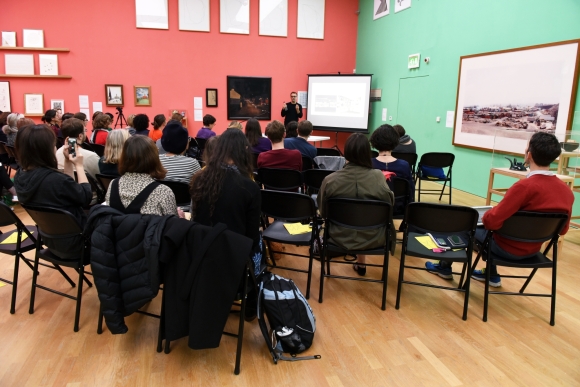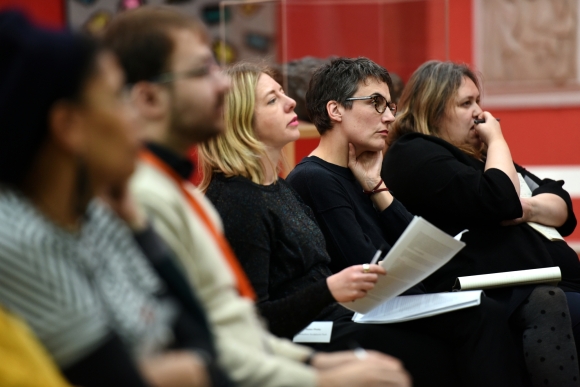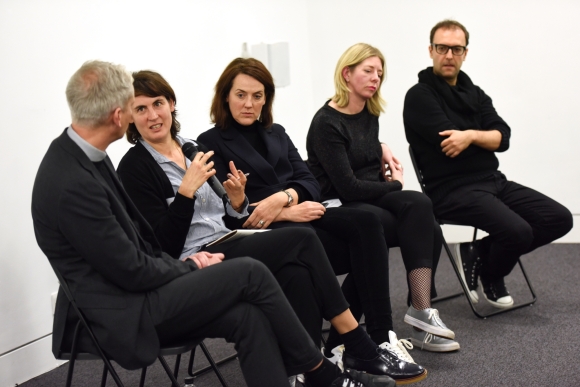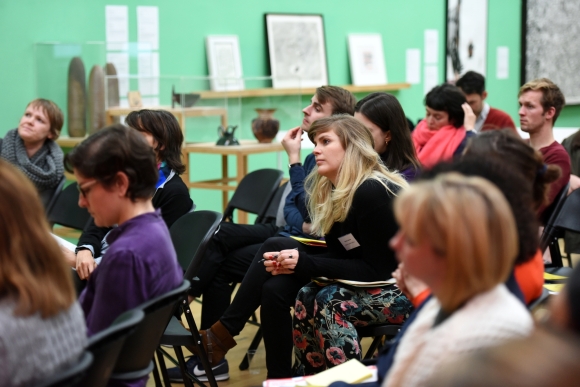Ellen Mara De Wachter reports from our latest Arts Council Collection Curators’ Day at Middlesbrough Institute of Modern Art, Middlesbrough.
There are so many inspiring ideas and concrete examples to report from this thought-provoking and timely Arts Council Collection Curators’ Day. At a moment when the most visible instances of civic engagement seem to be those destined to divide society (votes for Brexit, Trump, etc.), this day proposed alternative ways of reaching people by asking what museums, galleries and collections can do to bring them together to effect positive change.
The day began with an introduction from Alistair Hudson, Director of Middlesbrough Institute of Modern Art. Hudson began by outlining the ethos he and his team have developed at the museum and its emphasis on social change. Under his directorship, he said, the museum has made a significant shift away from considering its audience as ‘other’ and towards seeing them as a ‘constituency of users’. For Hudson, the important question is ‘why are we here in the first place?’ – and the answer lies in taking seriously the museum’s remit to ‘make things in the region work better’.



